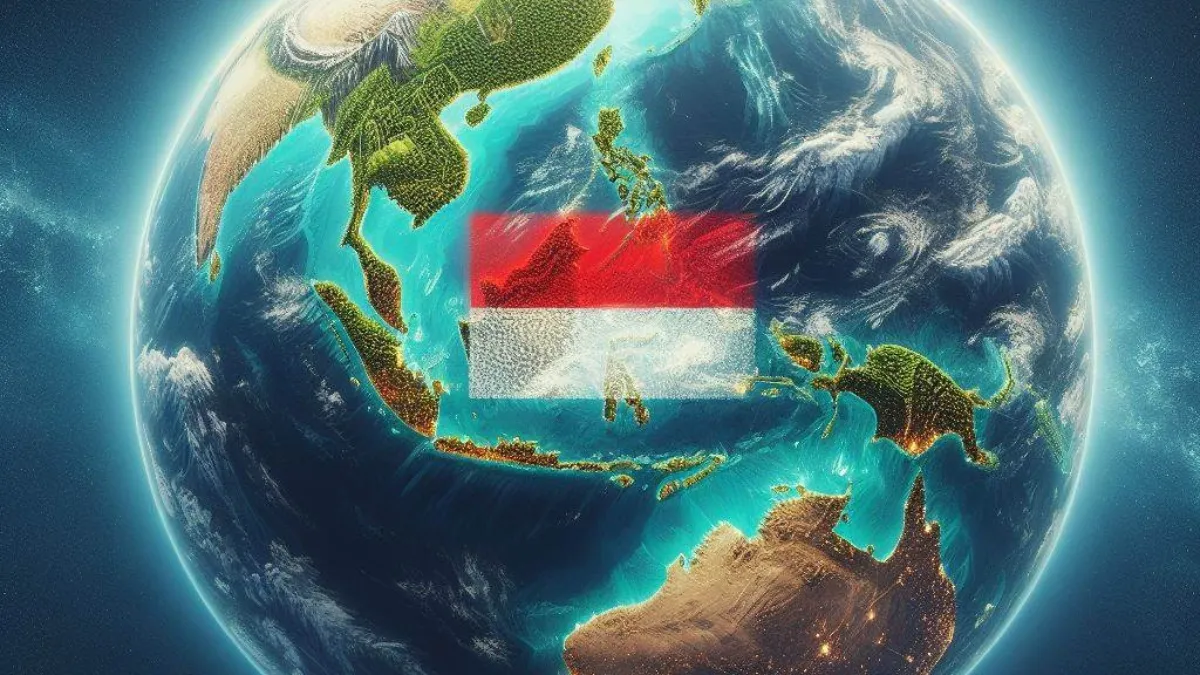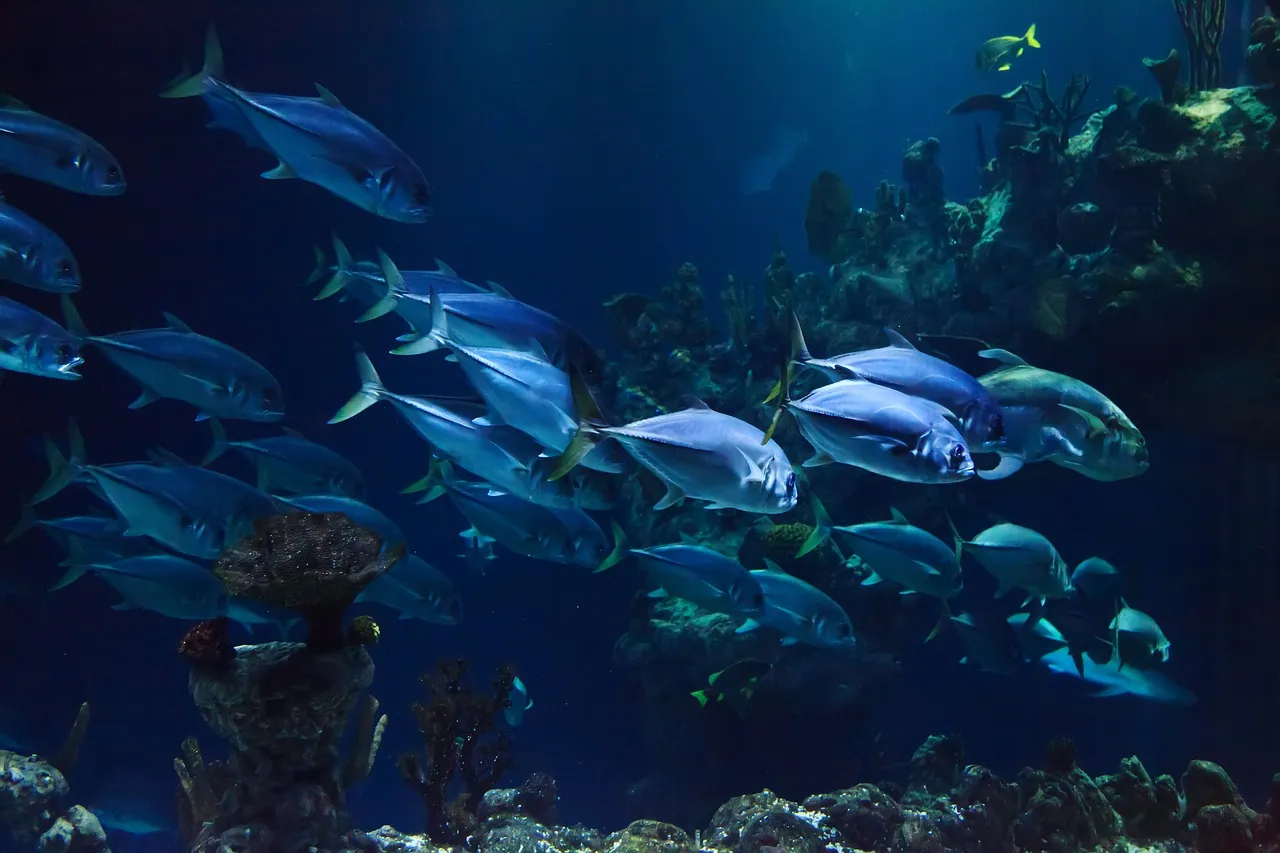jlk – Did you know that every time you inhale air, you’re enjoying the hard work of very tiny marine organisms? Yes, you read that right.
Marine organisms like plankton and seaweed are the largest oxygen producers on Earth, surpassing even the trees that grow on land.
Without them, we might not be able to breathe as comfortably as we do now. So, how do they accomplish this remarkable feat? Let’s delve into the incredible tale of plankton and seaweed in this article.
Plankton: Mighty Microorganisms
Plankton are marine organisms that are incredibly small, even invisible to the naked eye. They drift on the ocean surface and follow the water currents.
Plankton are divided into two types: phytoplankton (plant group) and zooplankton (animal group).
Phytoplankton are the most important in oxygen production because they can perform photosynthesis, the process of converting sunlight into energy and releasing oxygen as a byproduct of metabolism.
Phytoplankton rely heavily on sunlight, so they can only live in the upper layers of the ocean known as the euphotic zone. In this layer, sunlight can still penetrate the water and provide energy for phytoplankton.
However, phytoplankton must be cautious because they are also preyed upon by zooplankton and small fish.
Therefore, phytoplankton have strategies to avoid predators, such as moving up and down in the ocean layers according to the day and night cycles or releasing toxic or foul-smelling chemicals.
Phytoplankton come in various shapes and types. Some are spherical, star-shaped, chain-like, or even needle-like.
They can be green, yellow, red, or blue. Some live individually, while others live in colonies. Some can move, while others cannot. Some form symbiotic relationships with bacteria or fungi, while others do not.
One of the most famous types of phytoplankton is blue-green algae, which are actually bacteria capable of photosynthesis.
Blue-green algae are the oldest organisms on Earth, having existed for 3.5 billion years. They were the first to produce oxygen in the atmosphere, paving the way for other forms of life.
According to research conducted by the University of British Columbia, marine plankton produce about 50% to 85% of the oxygen on Earth. This amount is equivalent to the oxygen produced by 1.5 trillion trees.
Imagine how many trees we would need to plant to replace the role of plankton. So, do not underestimate plankton, as they are the true rulers of the ocean.
Seaweed: Not Your Average Plant
Seaweed is a marine organism distinct from plankton. Seaweed belongs to the algae group, which is a group of organisms capable of photosynthesis but not classified under the plant kingdom.
Seaweed has a more complex structure than plankton because they have parts resembling roots, stems, and leaves.
However, these parts do not serve the same functions as land plants but only for attachment, support, and nutrient absorption.
Seaweed lives on the seabed or attaches to hard substrates such as rocks, coral, or wood.
Seaweed also requires sunlight for photosynthesis, but they can live in deeper layers of the ocean than plankton, up to a depth of 200 meters.
Seaweed has different pigments, which determine its color and depth of habitat. There are seaweeds that are green, brown, red, or purple.
Green seaweeds usually live in the shallowest layers of the ocean, while those that are red or purple can live in the deepest layers.
Seaweed also plays a crucial role in oxygen production in the sea and contributes about 10% to the total oxygen production on Earth.
Seaweed also serves as a habitat, food, and protection for many other marine organisms such as fish, crustaceans, mollusks, and echinoderms.
Seaweed is also beneficial to humans because it is rich in nutrients such as protein, vitamins, minerals, and antioxidants.
Seaweed also has many other benefits, such as being used in cosmetics, pharmaceuticals, textiles, fertilizers, and biofuels.
Conclusion: The Sea and Us Are One Entity
From the explanations above, we can conclude that the sea is the largest source of oxygen on Earth, thanks to the role of plankton and seaweed. Without them, we might not be able to breathe as comfortably as we do now.
Therefore, we must preserve the ocean and appreciate the contributions of these tiny marine organisms. We must realize that the sea and us are inseparable entities. As Jacques Cousteau, a famous ocean explorer, said:
“The sea, once it casts its spell, holds one in its net of wonder forever.”
May this article provide you with new insights into the ocean and oxygen, and inspire you to care more about the environment. Thank you for reading this article, and don’t forget to breathe easy, as you are benefiting from the hard work of plankton and seaweed. Happy activities, and see you in the next article.










